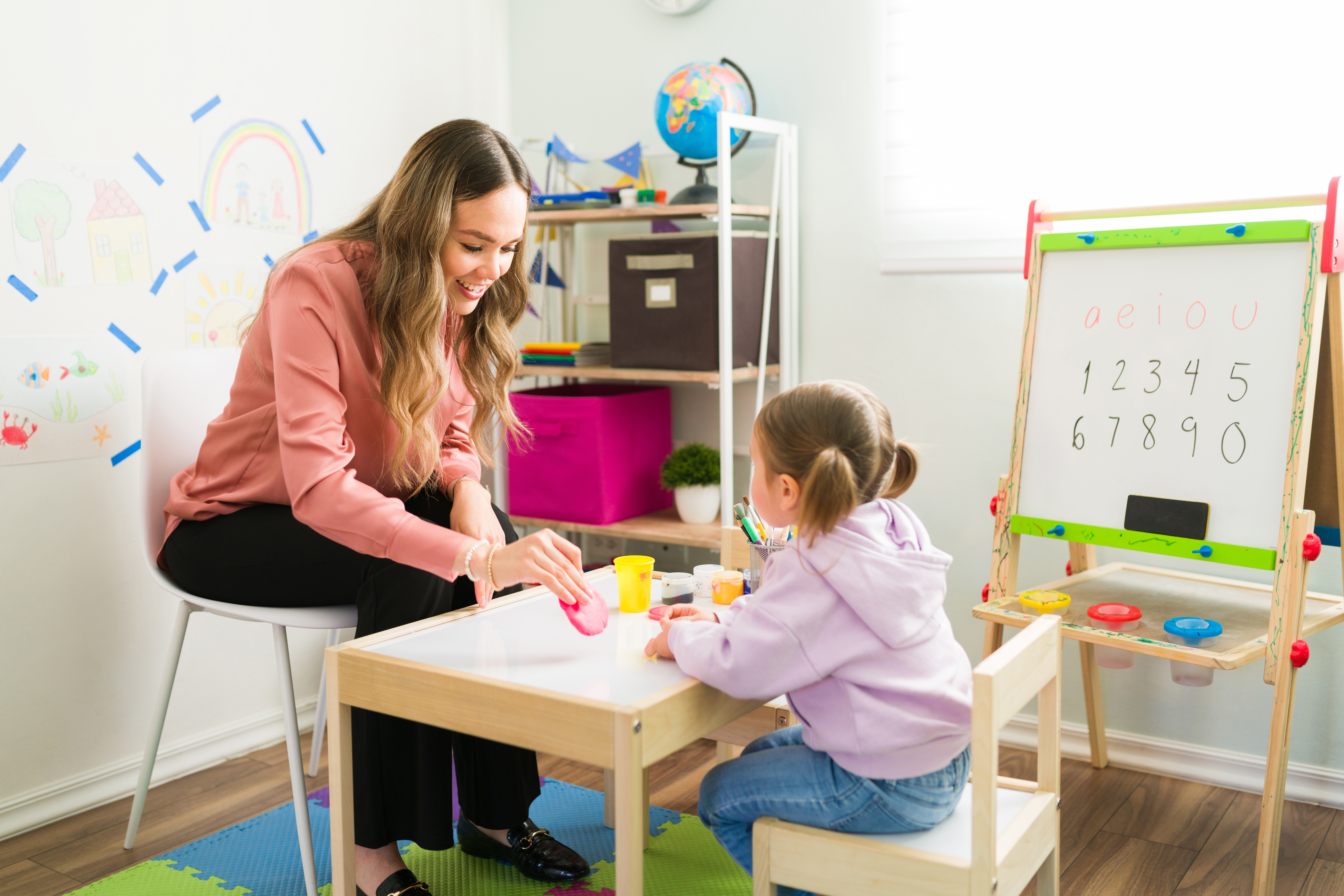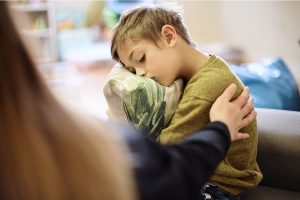What is Play Therapy and is it Right for My Child?
Haley Aguero, M.A.

“You can discover more about a person in an hour of play than in a year of conversation.” -Plato
Child-centered play therapy (CCPT) is the oldest and most researched therapy for children. Children are at a different developmental age than adults and do not have the cognitive ability to discuss their feelings like adults do. Play is the natural language of children; therefore, play therapy does not force the child to come up to the level of communication of the therapist but invites children to express themselves and explore their feelings through a medium that is optimal for them. Play therapy hopes to meet children where they are, allowing them to express thoughts and feelings that may be frightening or that they cannot verbalize. Gary Landreth states in his book, Play Therapy: The Art of the Relationship, “Children express themselves more fully and more directly through self-initiated, spontaneous plan than they do verbally because they are more comfortable with play.”
CCPT is rooted in person-centered therapy and follows certain conditions that are required for effective person-centered therapy. If all conditions are met, therapy will result in positive change for the child.
- The therapist experiences unconditional positive regard for the child, showing complete support and acceptance of a person no matter what they say or do
- The therapist experiences an empathetic understanding of the child and communicates this understanding to the child, understanding one’s experience as if it were being experienced by the self.
- The child can receive the communication of unconditional positive regard and empathetic understanding.
Play sessions manifest by allowing the child to lead and direct their play. The therapist provides numerous materials and creates an environment of acceptance while exercising reasonable limits. Toys are selected, not collected. These toys fall into specific categories that include aggression toys, fantasy, real life and nurturing, and creative expression. Through their relationship with the therapist and the availability of a safe and comfortable environment, children develop greater self-responsibility, self-acceptance, and self-control.
On top of being developmentally appropriate for the child, it has many emotional benefits that parents should be aware of. Play supports a flexible nervous system that can apply to a wide range of life events. This allows their window of tolerance to expand to include both calm and intense emotions. During high-energy interactions like playtime, each person responds to the other with laughter and rapid changes in movements, heart rate, and breathing as their energy state fluctuates. If these high-arousal states alternate with calming, soothing interactions, the child also learns to enjoy quiet low-arousal states of serenity, tenderness, deep relaxation, and contentment.
Child-Centered Play Therapy is great for kids aged 3-12 and allows a safe space for children to work on anxiety, how to express healthy emotions, build social skills, work through grief, and so much more. Live playfully!



